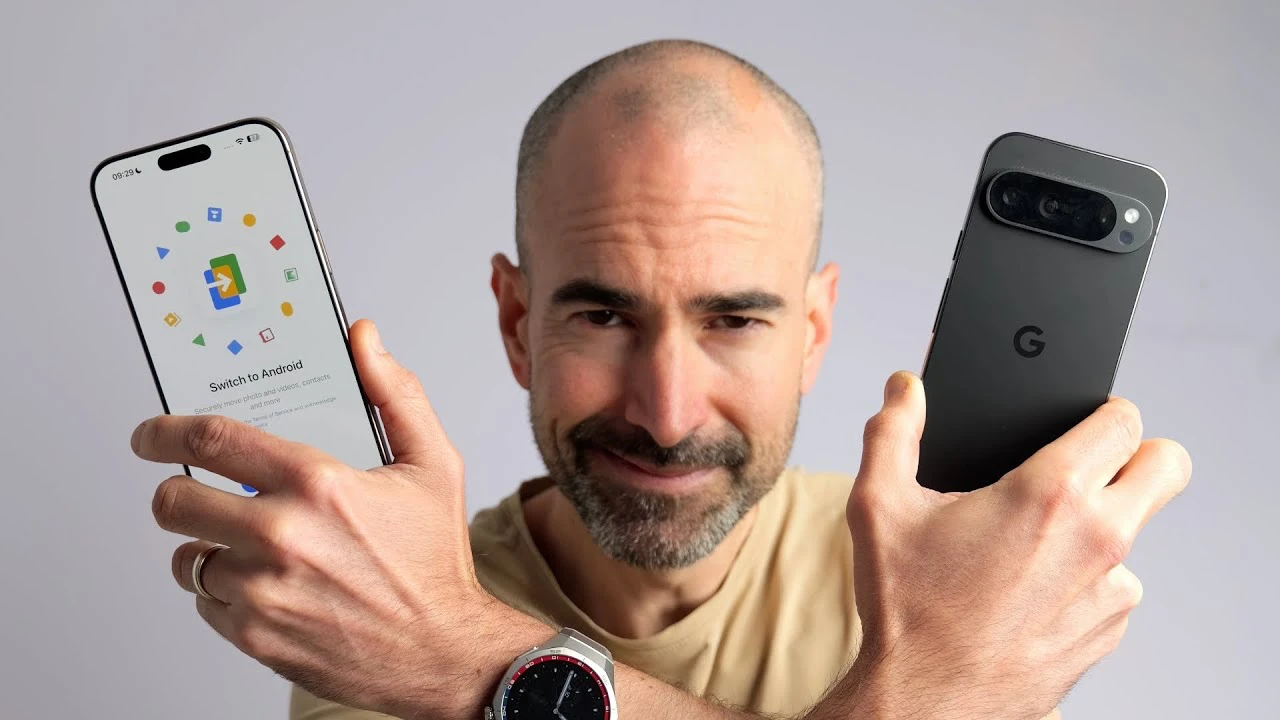
Switching from an iPhone to an Android device may seem like a daunting task, but with the right guidance and preparation, you can make the transition smoothly and efficiently. The video below from Tech Spurt will walk you through the essential steps, from selecting a new Android device that suits your needs to setting it up and personalizing it to your liking. By following these recommendations, you’ll be able to embrace the Android ecosystem and enjoy its unique features and benefits.
One of the most significant advantages of switching to options available. Whether you prioritize innovative technology, premium design, or affordability, there’s an Android device that will meet your requirements. High-end models like the and offer top-of-the-line specs, advanced camera systems, and sleek designs.
Mid-range devices such as the provide excellent value for money, balancing performance and features at a more affordable price point. Specialized devices cater to specific needs, such as gaming-focused smartphones with high refresh rate displays and powerful processors, or foldable phones that offer innovative form factors and enhanced multitasking capabilities. Take the time to research and compare different Android devices to find the one that aligns with your preferences and budget.
Transferring your data from an iPhone to an Android device is a crucial step in the switching process. Fortunately, there are several tools and methods available to make this task hassle-free. and allow you to back up and sync your contacts, calendars, photos, and videos across devices.
Dedicated transfer tools like and the provide both wireless and wired options for seamless data migration. Manual transfer methods, such as exporting and importing data via cloud storage services or email, offer additional flexibility and control over your data. By using these tools and following the provided instructions, you can ensure that all your important information is safely transferred to your new Android device.
Once you have your new Android device in hand, the setup process is straightforward and intuitive. Start by connecting to a Wi-Fi network and signing in to your Google account. This will automatically sync your contacts, calendar events, and other relevant data.
Next, take advantage of Android’s extensive customization options to to your liking. Install custom launchers to change the look and feel of your home screen and app drawer. Experiment with widgets to access important information and controls directly from your home screen.
Customize your notification settings to prioritize alerts from your favorite apps and contacts. Download and organize your preferred , which offers a vast selection of applications across various categories. Android’s flexibility allows you to tailor your device to your specific needs and preferences, making it a highly personalized experience.
While Android devices offer a wide range of features and capabilities, it’s important to consider compatibility with other devices and services you may rely on. If you use a or other , you may encounter some challenges when it comes to seamless integration and file sharing. are not compatible with Android devices, so you’ll need to explore alternative smartwatch options that are designed to work with Android, such as those from Samsung, Fossil, or Fitbit.
Keep these compatibility factors in mind when making your decision and be prepared to adapt to new ecosystems and workflows. When choosing an Android device, it’s crucial to consider the manufacturer’s track record for software support and updates. Regular ensure that your device remains secure, stable, and up-to-date with the latest features and improvements.
Brands like , , and are known for their commitment to timely updates and long-term software support. Research the update policies of different manufacturers to ensure that you select a device that will receive regular updates for an extended period. By prioritizing software support, you can enjoy a more reliable and future-proof Android experience.
Switching from an iPhone to an Android device opens up a world of possibilities, from diverse hardware options to extensive customization and flexibility. By following the steps outlined in this guide, you can make the transition with confidence and ease. Remember to: Carefully consider your needs and preferences when selecting an Android device.
Utilize the available tools and methods for seamless data transfer. Take advantage of Android’s customization options to personalize your device. Be mindful of compatibility considerations with other devices and services.
Choose a manufacturer with a strong track record for software support and updates. By keeping these factors in mind and exploring the wealth of resources available, you’ll be well-equipped to embrace the Android ecosystem and enjoy all the benefits it has to offer. Source & Image Credit:.














